How Do I Know When Shrimp Are Perfectly Cooked & Ready to Eat?
There are many ways to cook and serve shrimp, But remember Pvt. Benjamin Buford’s line in Forest Gump?
Anyway, like I was sayin’, shrimp is the fruit of the sea. You can barbecue it, boil it, broil it, bake it, sauté it. Dey’s uh, shrimp-kabobs, shrimp creole, shrimp gumbo. Pan fried, deep fried, stir-fried. There’s pineapple shrimp, lemon shrimp, coconut shrimp, pepper shrimp, shrimp soup, shrimp stew, shrimp salad, shrimp and potatoes, shrimp burger, shrimp sandwich. That- that’s about it.
What Pvt. Buford doesn’t tell you is how to know when shrimp are done cooking and need to be removed from the heat so they don’t overcook. Shrimp are one of those versatile ingredients that are easy to feature in a meal because of their simple, sweet flavor, speed of cooking, and compatibility with so many other ingredients.
Whether you are creating a shrimp Creole, stir-fry, seafood pasta dish, simple “shrimp on the barbie”, or one of the other hundreds of ways to serve shrimp, the most important thing to remember is not to overcook them. We’ve all done it and ended up with a hard, rubbery texture that is OK to eat, just not that OK.
You really notice overcooked shrimp in a shrimp cocktail. You can bury over-cooked shrimp in a spicy tomato sauce or cream-based French sauce, but when it’s just a shrimp and some cocktail sauce, you know immediately something’s not right.
That’s why it is important to know when shrimp are done cooking and ready to serve.
How Do You Know When Shrimp Are Done?
There are several methods for judging when shrimp are properly cooked. Is one method better than another? I’ll let you test them all and decide for yourself.
Temperature
From SeaPak Shrimp & Seafood Company: These guys have been around and selling shrimp for over 60 years, so I’m taking their word for it: They know what they’re talking about.
They say, “Shrimp should be cooked to an internal temperature of 165 ºF. They will become an opaque whitish color when fully cooked.”
I’m not sure many of us will pull out our instant thermometers when grilling or pan-frying shrimp, but it’s an option. The change in color is how I learned from a cookbook early on and how I’ve been testing for shrimp doneness for years.
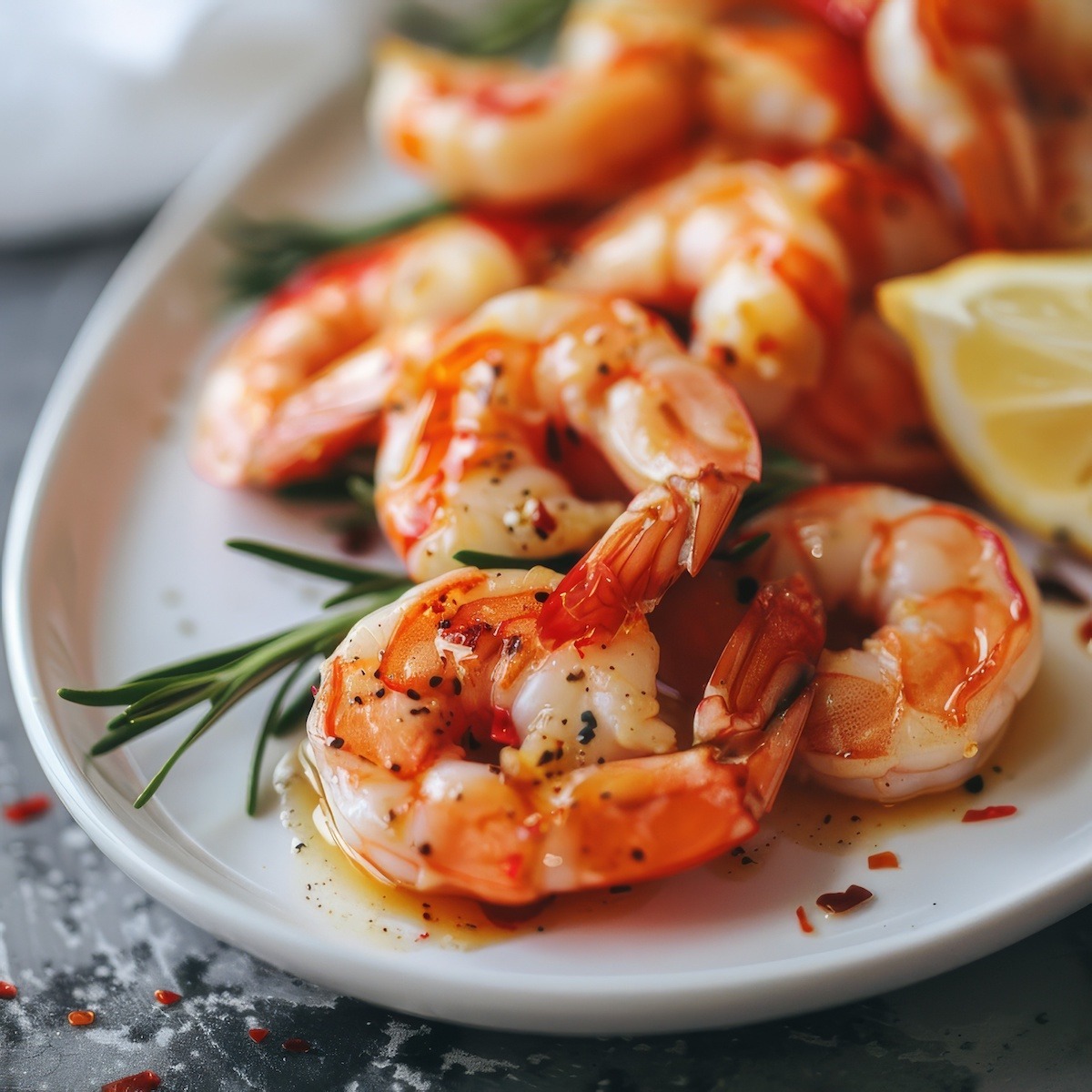
Color
Raw shrimp start out with gray shells and translucent flesh, which, according to Webster’s Dictionary, means “permitting the passage of light: a) clear, transparent; b) transmitting and diffusing light so that objects beyond cannot be seen clearly.”
When properly cooked, the exterior should be pink with red tails, and the flesh should be slightly opaque and a little “white” in color. Here’s where it gets confusing because a “little white” may vary from cook to cook. If it is bright white in color, there’s a good chance the shrimp are overcooked.
I have been cooking shrimp this way for as long as I can remember and still find it difficult to nail it just right, especially when you consider that the shrimp will continue to cook after being removed from the heat unless you cool them off in an ice bath. While researching for this article, I learned another way to tell when the shrimp are done that looks promising.
Shape
Raw shrimp (previously frozen) start out with just a little curl to their shape. I wouldn’t call them straight, but you can straighten them out with just a little pressure. When you cook shrimp, they naturally start to curl.
I recently learned that they are perfectly cooked when they form a C-shape. However, if you let them continue to cook, they will twist into an O-shape, signifying they are overcooked.
An easy way to remember this is C-shaped stands for “cooked” and O-shaped stands for “overcooked”.
This is a promising technique for telling when shrimp are cooked to perfection, but what if you have them on skewers for shrimp kabobs? The shrimp won’t curl because of the skewer, so I’d suggest you go back to the Color technique and, over time, resort to my last technique….
Experience
The more you cook shrimp or any ingredient for that matter, the more you’ll be able to tell when something is done by experience. Not only using all your senses, including sight, touch, smell, or even hearing but a feeling of “just knowing” when something is done.
This technique comes with time and lots of experience. The more you cook shrimp using the above-mentioned techniques, the sooner you’ll be able to “just know” when it feels done and ready to plate. I pay attention to this feeling every time I cook; sometimes I get it right, and sometimes wrong, knowing I’ll be better next time.
Other Considerations
Shells On or Off – Cooking time is longer with shells on, so you must adjust cooking time accordingly. Leaving the shells on helps retain flavor and moisture, but the shell on or off depends on the dish.
If I add shrimp to a pasta or rice dish, I’ll usually remove the peels, but I like to leave the shells on if I’m serving seasoned boiled or steamed shrimp.
Size – The size of the shrimp will affect how long they take to cook, but if you use the techniques above, you should be able to get great results. Remember, the smaller shrimp will cook much faster, so you need to keep an eye on them.
Heat – I find shrimp does better with higher-heat cooking methods like grilling or pan frying. When I slow-cook shrimp in a braise or crock pot recipe, it’s almost impossible to keep the shrimp from overcooking unless you add them right at the end. Same with a shrimp risotto. The shrimp is the last ingredient to be added so it can cook from the heat of the risotto, and it doesn’t take long.

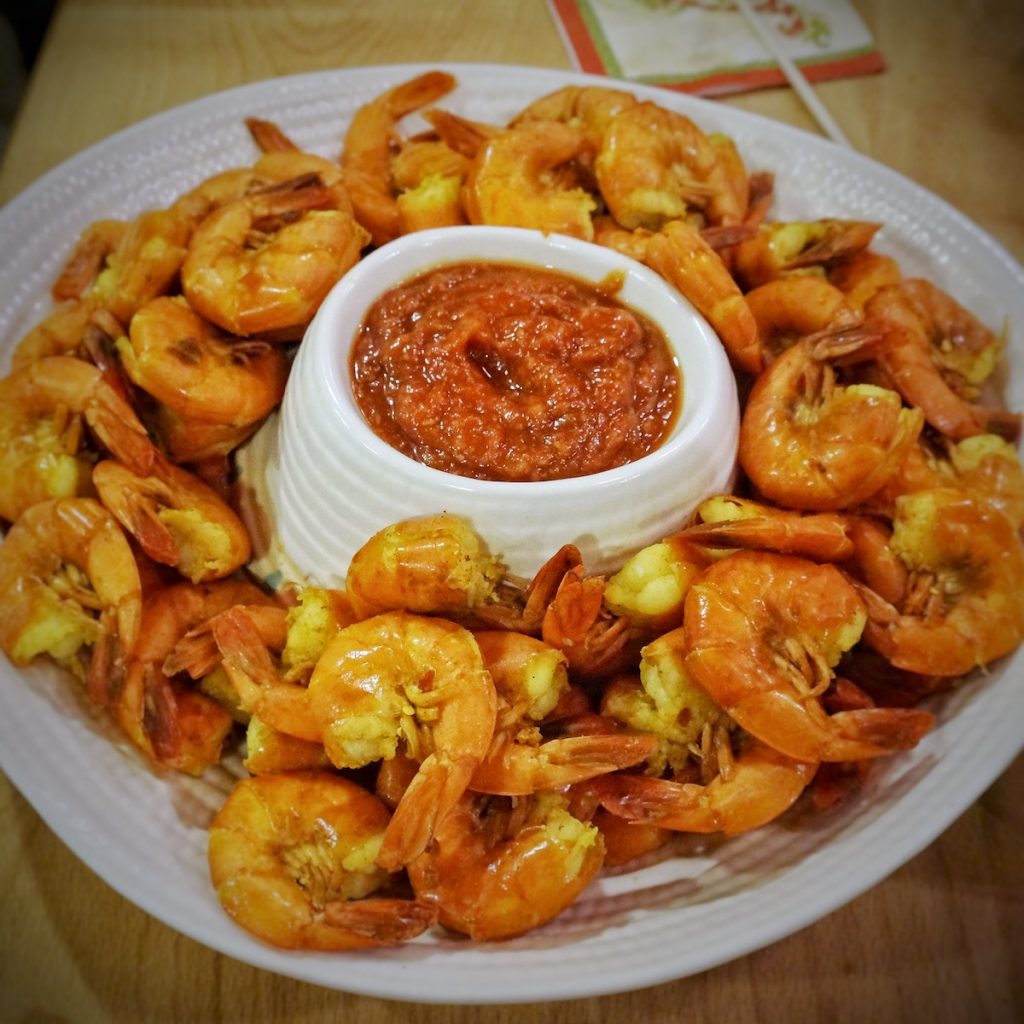




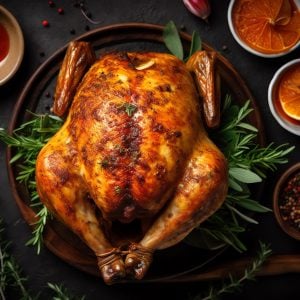
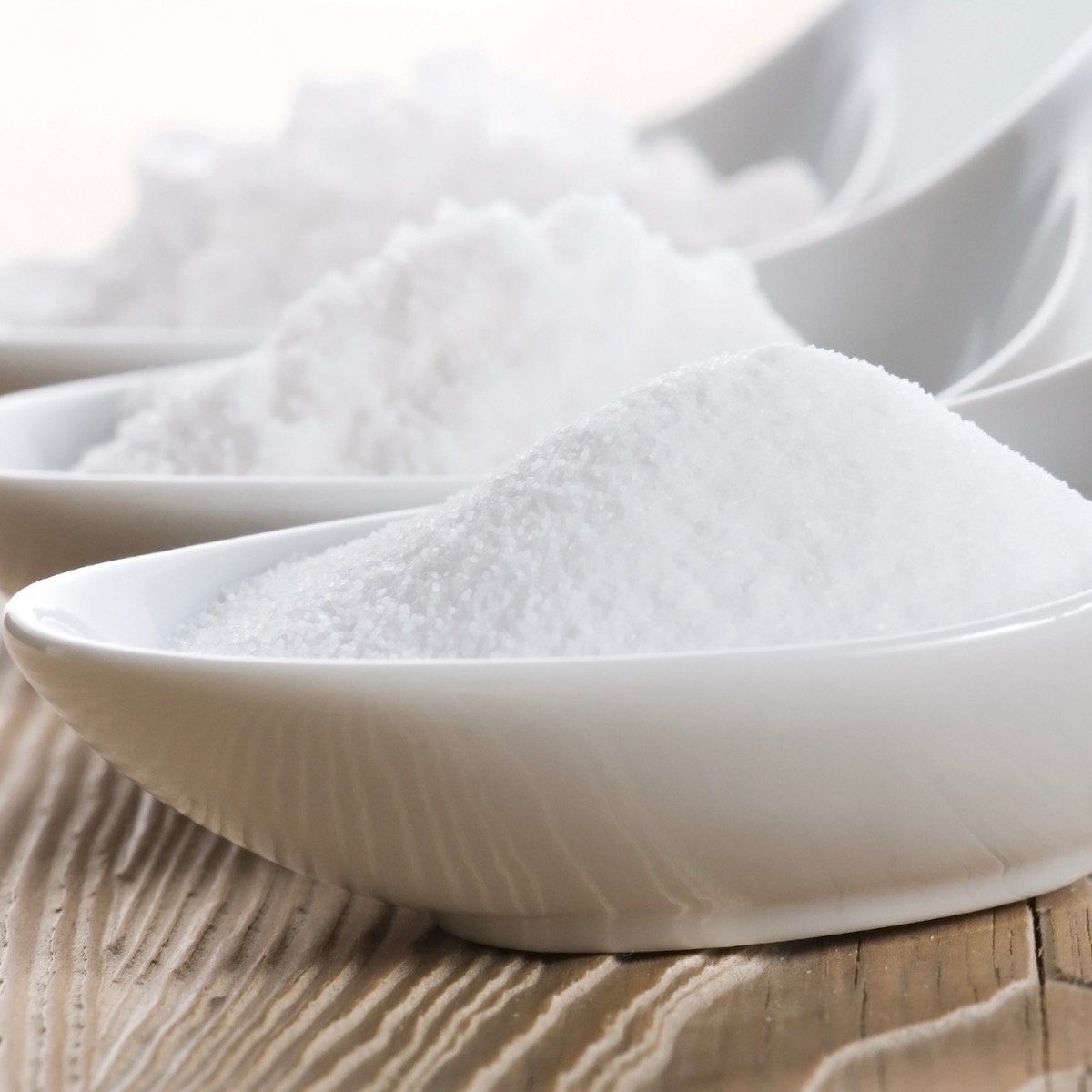
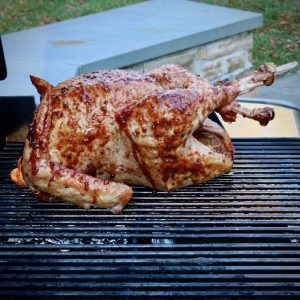
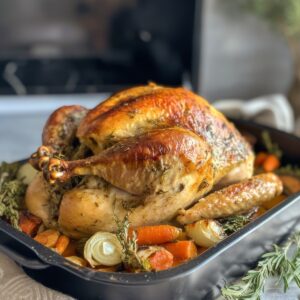
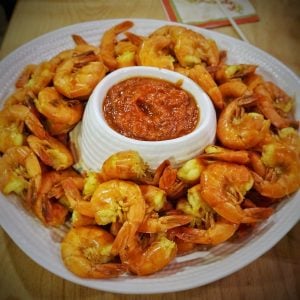
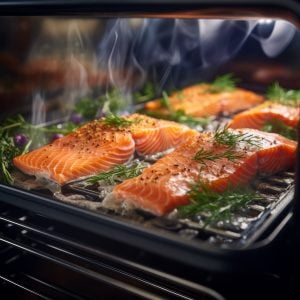

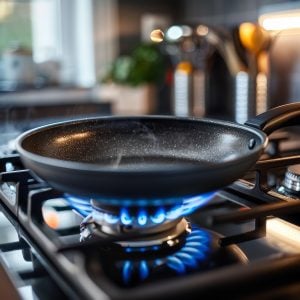


16 Responses
Thanks for the tips. I especially like the “C” is for cooked, “O” is for overcooked. I will see how this one works out. I usually use the look and see method coupled with experience over time. Like you, sometimes I get it wrong, and sometimes right. I love shrimps!
Let me know how it works out for you Alicia.
I cooked shrimp for the very first time last night, I’ve really only experienced shrimp from the shrimp cocktail kits I’ve bought at Walmart, For me and my husband, our new years resolution is to try more seafood. I broiled my shrimp for at least 4 minutes on each side, and later discovered that I had left the “peels” on but it still felt as if they were raw, it was pink, but the texture seemed off. I’m not sure if it is from my lack of experience with shrimp or if I actually under cooked it. Help please?
Didn’t help me any
I just wanted to know if my very small shrimp is suppose to be white, I use it to make easy shrimp scampi.
I just sent back my fried shrimp for something else. I’m at a restaurant and their fairly small. When I bit into my first shrimp I looked at it. It was translucent (all gray or “clear”. No white. ) and the texture was that of raw fish. I sent it back once to be cooked more. When the shrimp came back without improvement I returned the dish to it to the waitress. Am I wrong? Was the shrimp cooked? I have been hospitalized with food poisoning once and take great care not to ever repeat that experience.
Janet, it doesn’t sound like it was cooked properly but hard to tell without seeing it. I’m guessing that will be the last visit to that restaurant.
Any idea of the cook time for shrimp in a pressure cooker? With a frozen lobster tail, shell down, meat up, it takes 3 minutes on low pressure with a quick release of pressure at the end of 3 minutes. This is with the lobster in a steam pot sitting above the water using a stove top pressure cooker.
Shrimp cook very quickly in a pressure cooker. Here’s a general guide:
Small to medium shrimp (51-30 count per pound): 1 minute on low pressure, quick release.
Large shrimp (21-25 count per pound): 1-2 minutes on low pressure, quick release.
Extra-large or jumbo shrimp (16-20 count per pound): 2 minutes on low pressure, quick release.
Since shrimp cook so fast, overcooking is a risk. It’s best to use low pressure instead of high, as high pressure can make them rubbery.
How can you tell if the Shrimp is fried, when it’s done if it has no shell on it
When frying shrimp without the shell, look for these signs to know it’s done:
Color Change – Raw shrimp are gray and translucent. When cooked, they turn pinkish-orange and opaque.
Curling Shape – Shrimp naturally curl as they cook. A loose “C” shape means they’re perfectly cooked, while a tight “O” shape usually means they’re overcooked.
Firmness – Gently press on the shrimp with a spatula or tongs. Done shrimp feel firm but still slightly springy. If they’re too tough, they’ve overcooked.
Golden Edges – If pan-frying or deep-frying, the outside should have a light golden-brown crisp where it touches the pan.
Time – Shrimp cook quickly! In a hot pan with oil, medium shrimp take about 2 minutes per side, while larger shrimp need about 3 minutes per side.
To avoid overcooking, remove them from heat just as they turn opaque—they’ll continue to cook for a few seconds off the pan.
Very worthwhile article, to the point and we’ll writen thank you. I’ll I’never forget again C not O thanks
I guess I like my shrimp a little over cooked: solid white in color. But, the last few times I’ve cooked shrimp (by boiling them), they never get to that stage no matter how long I cook them. What am I doing wrong?
When boiling shrimp bring water to boil put in shrimp when comes back to boil take them off they are done
Why are my prawns still translucent after they’re cooked?
If your prawns are still translucent after cooking, a few things could be happening:
Undercooking – Even though prawns cook quickly, they still need enough time to fully turn opaque. Make sure you’re cooking them for at least 2-3 minutes per side in a hot pan or until they reach an internal temperature of 120–130°F (49–54°C).
Overcrowding the Pan – If too many prawns are in the pan at once, they steam instead of sear, preventing them from developing that fully opaque look. Cook in small batches for even heat distribution.
Low Heat – If the pan isn’t hot enough, prawns cook too slowly and may not achieve that perfect opaque and firm texture. Use medium-high to high heat and make sure the oil is shimmering before adding them.
Poor-Quality or Previously Frozen Prawns – Some frozen prawns (especially if they’ve been thawed and refrozen) may have an odd, slightly translucent texture even after cooking due to excess moisture. Try patting them dry before cooking to improve the texture.
Prawns with a Naturally Translucent Appearance – Some varieties (especially certain tiger prawns) retain a slight translucency even when fully cooked. If they’re firm and hot throughout, they may still be safe to eat.